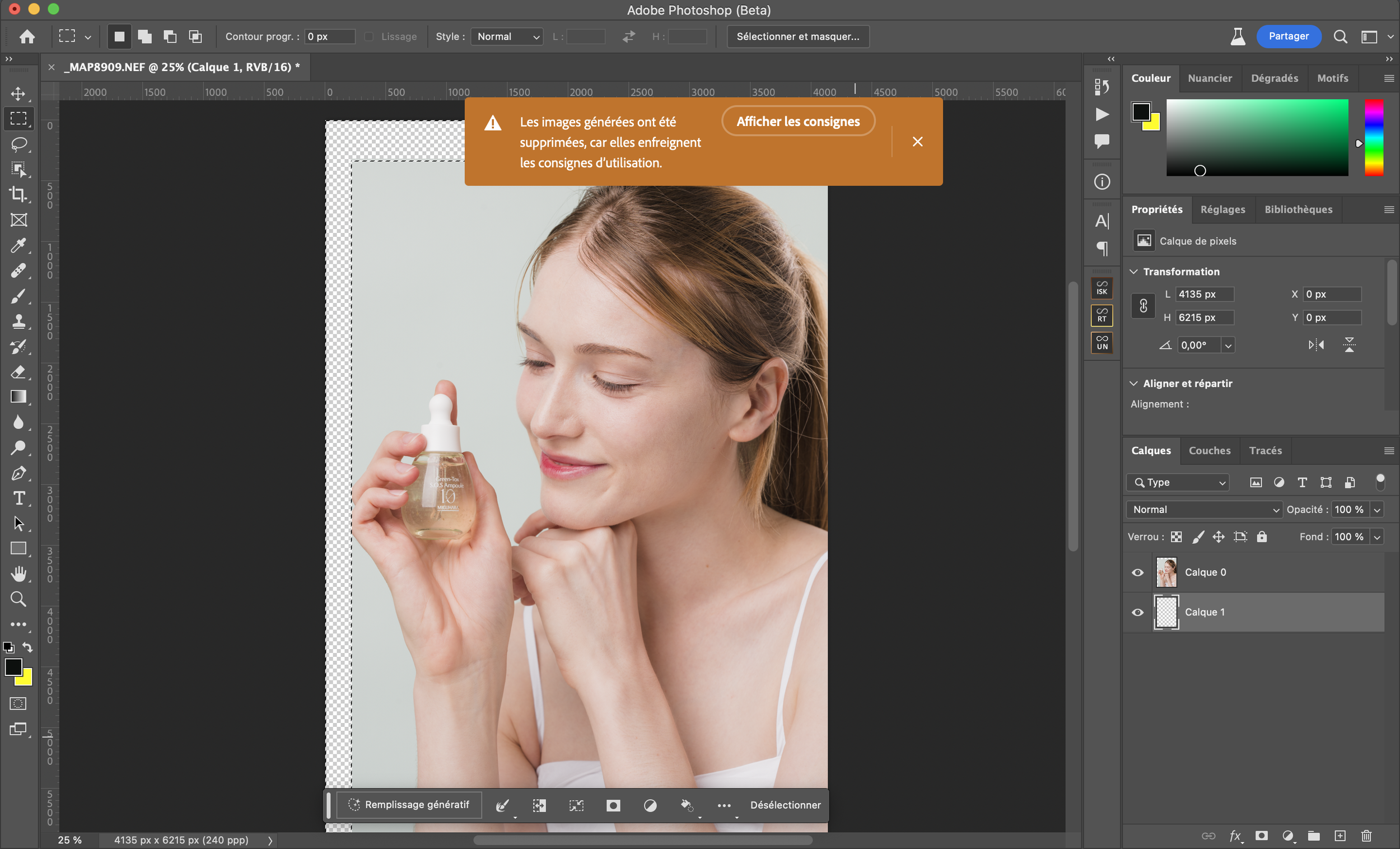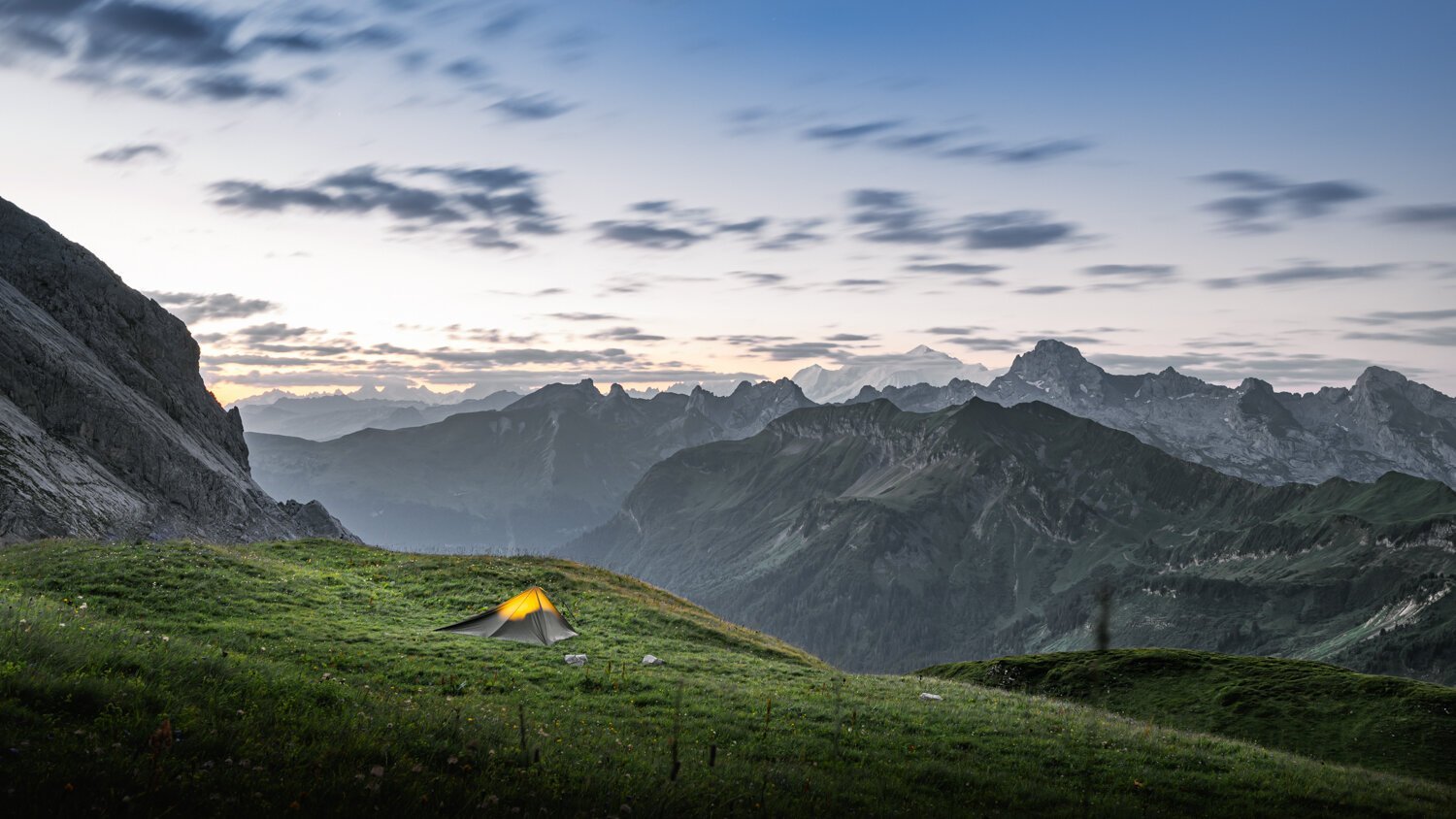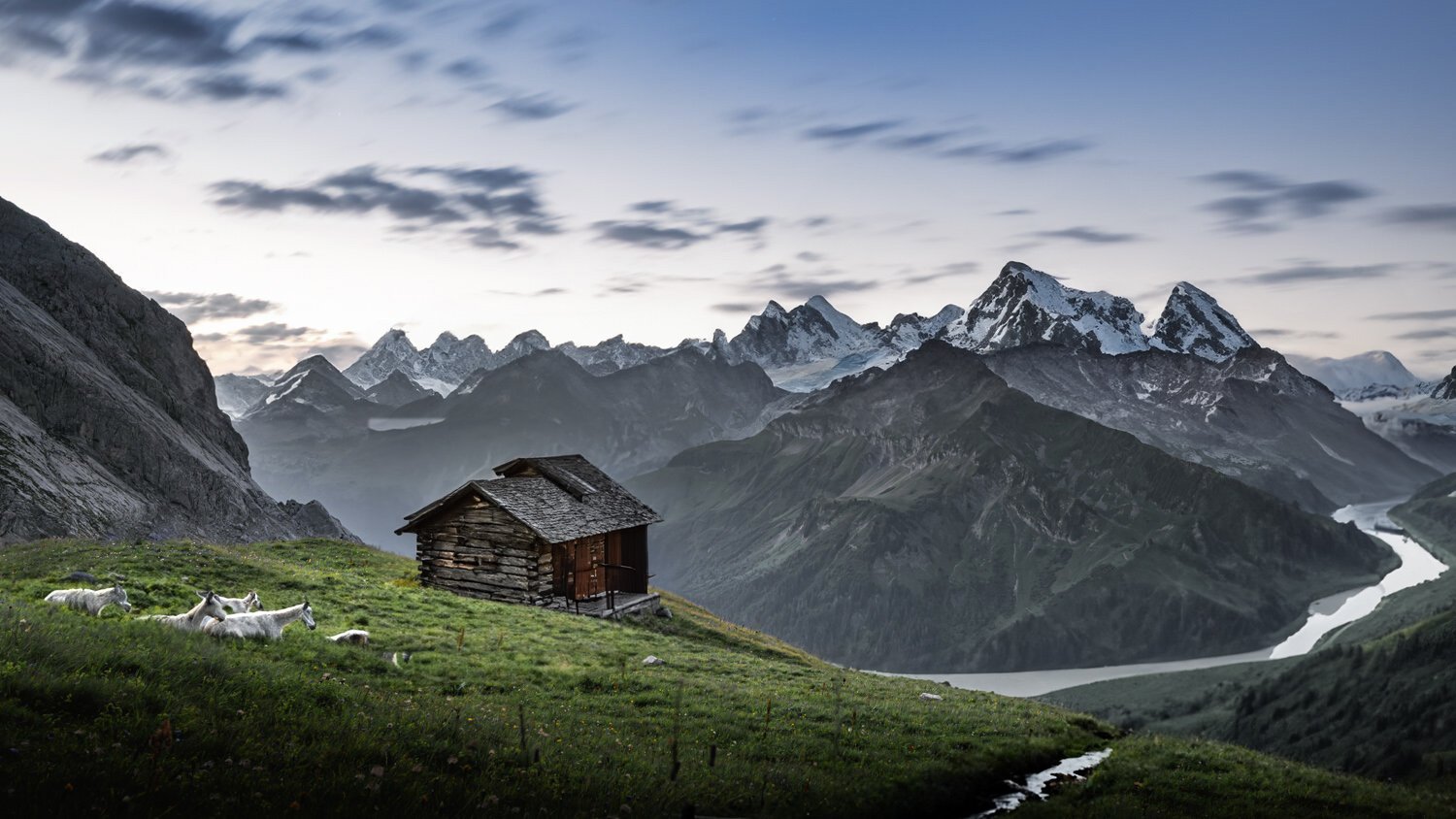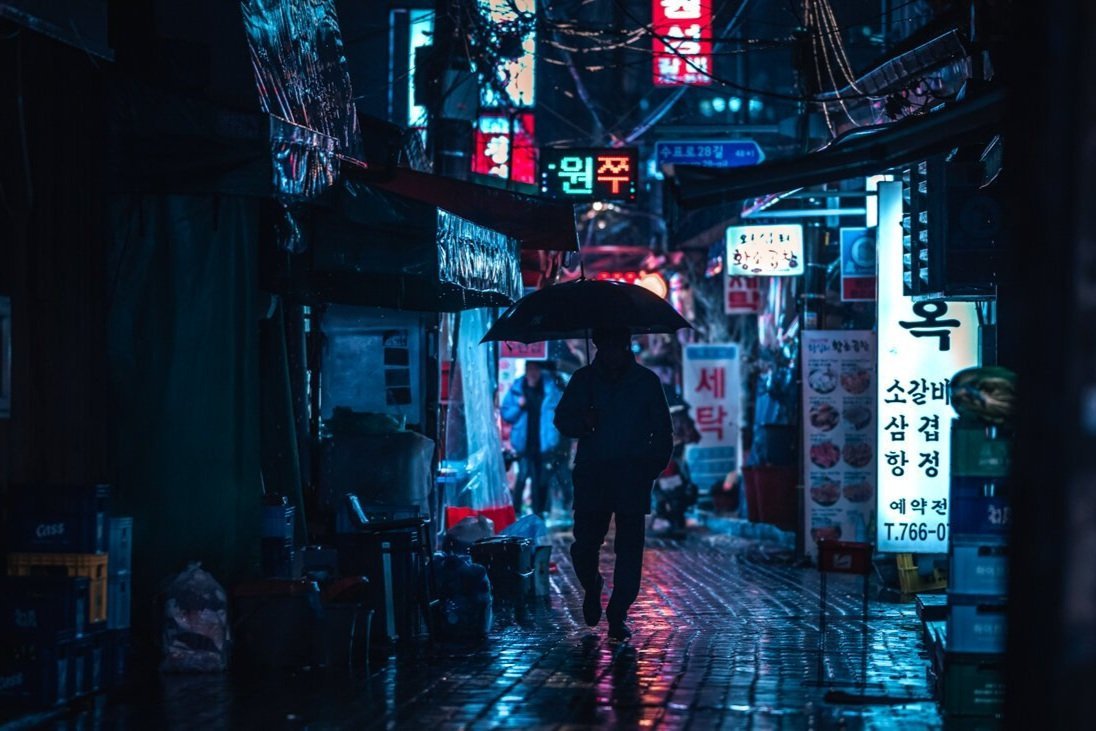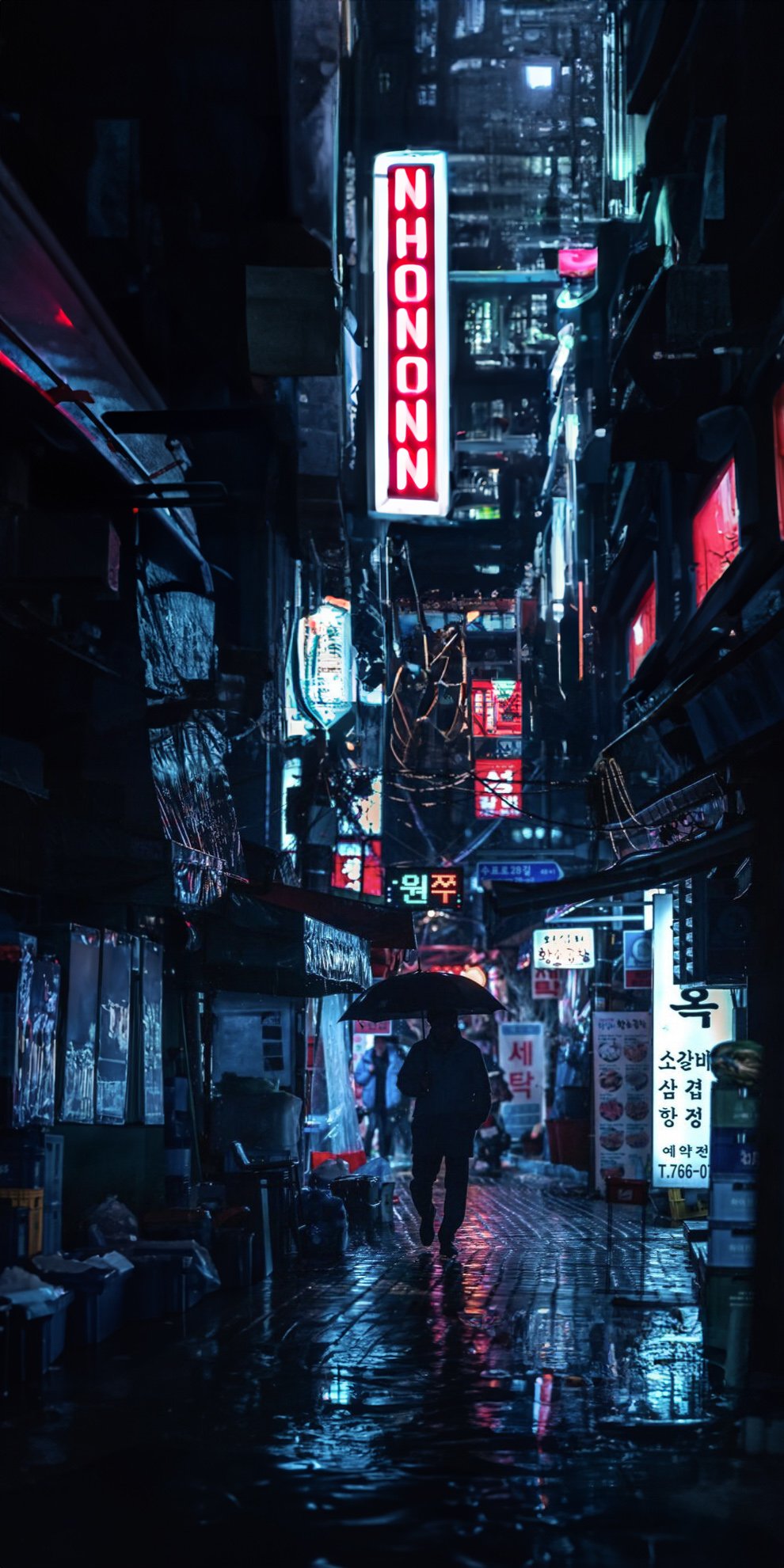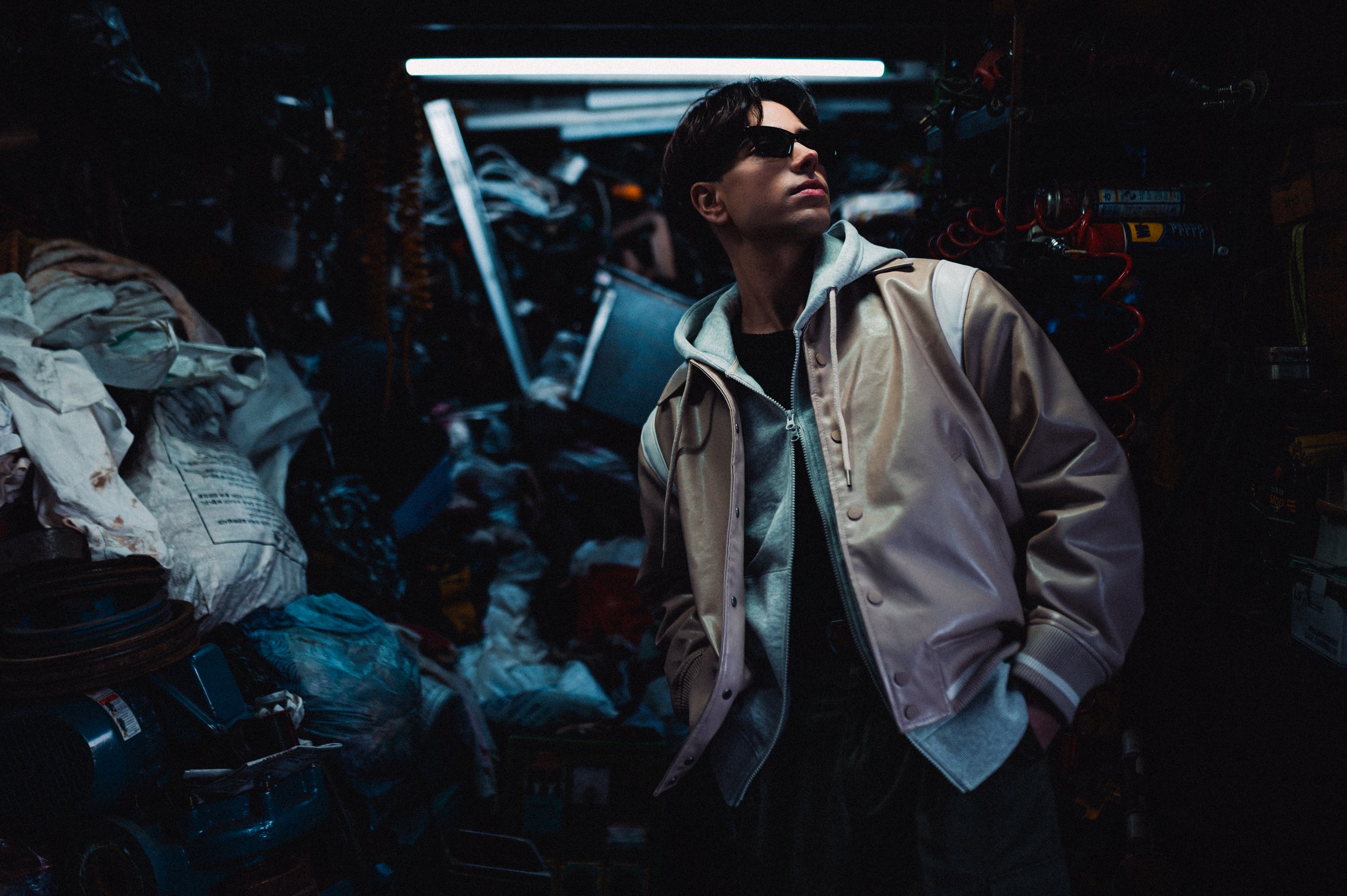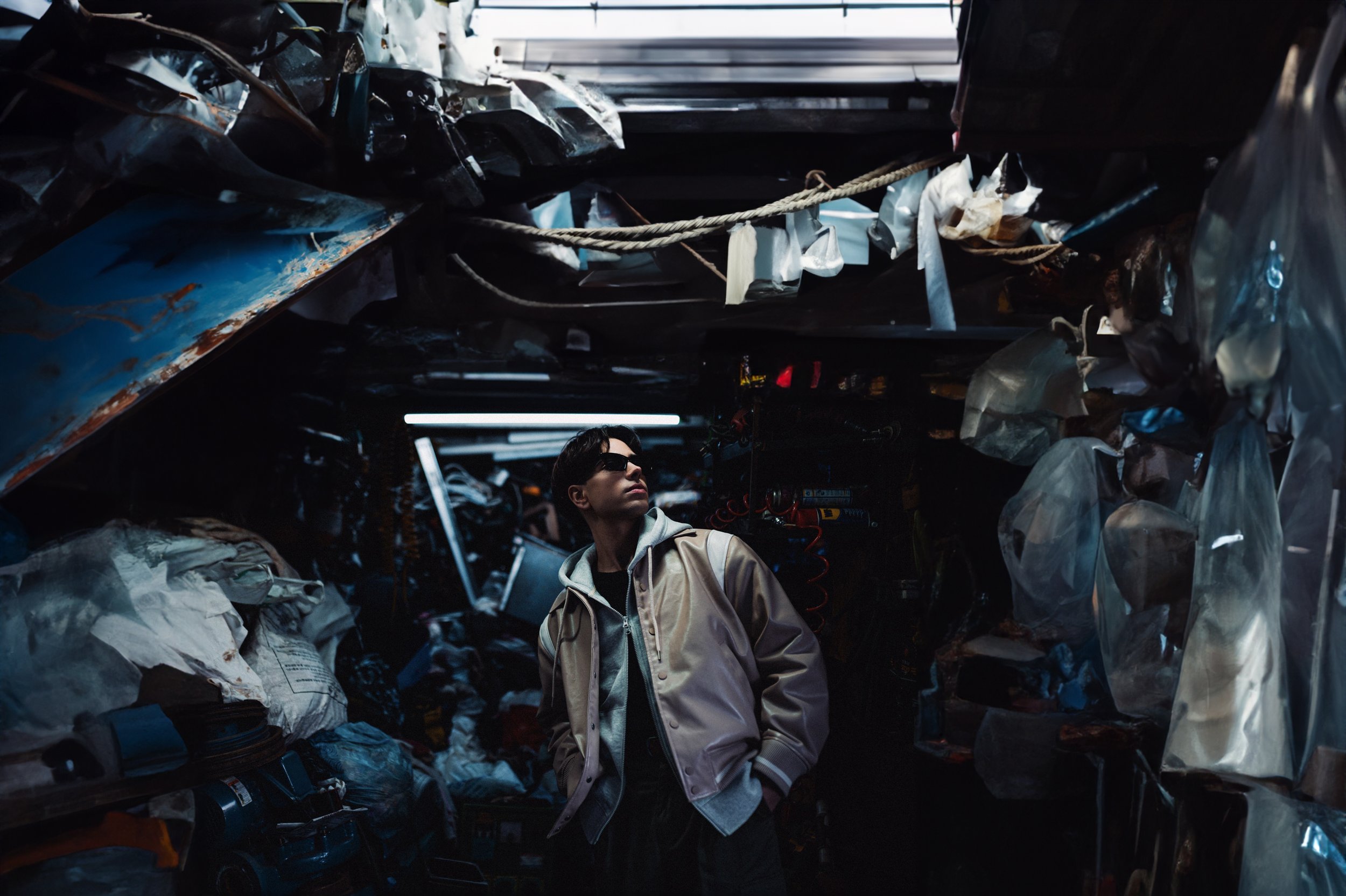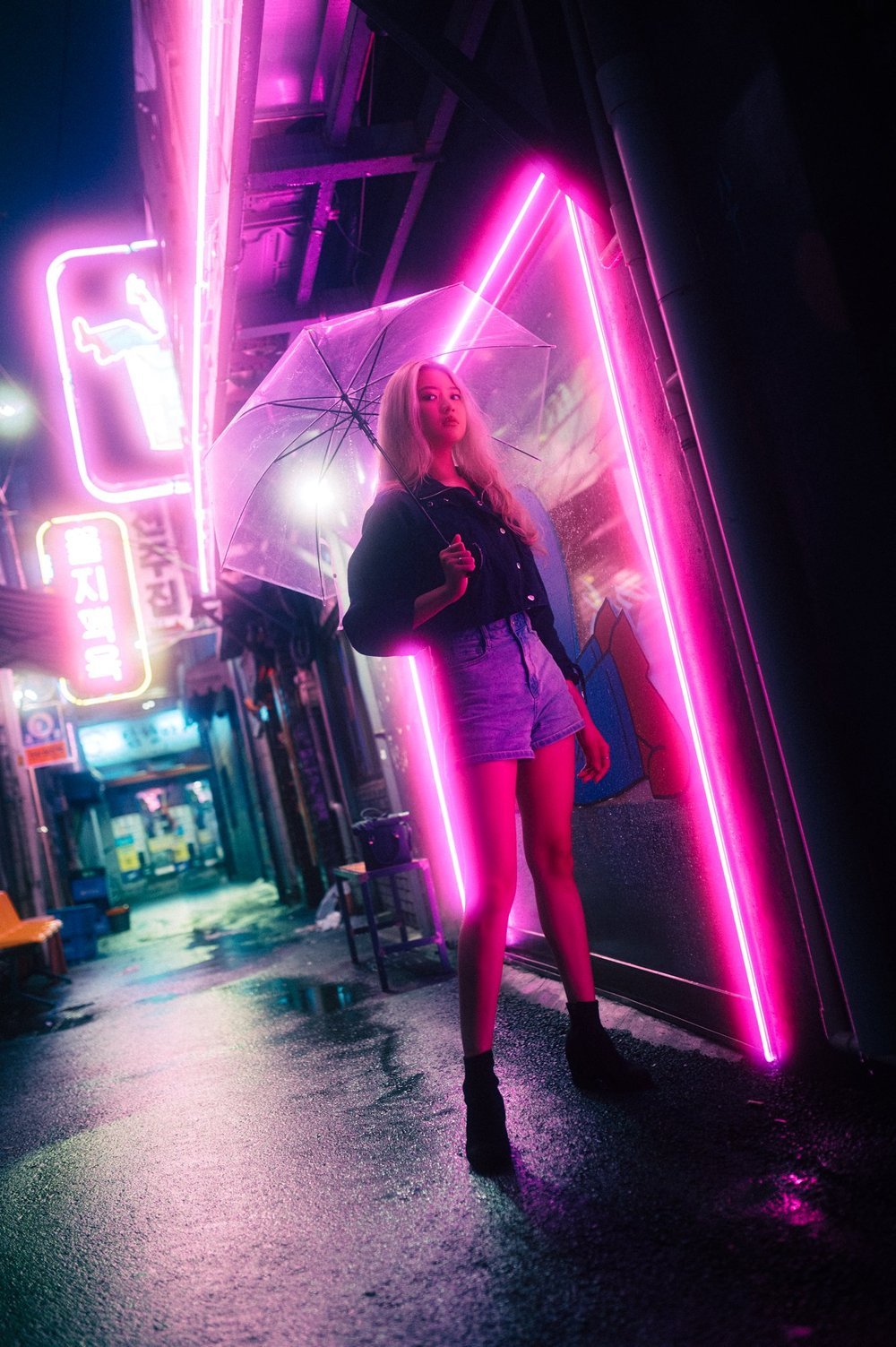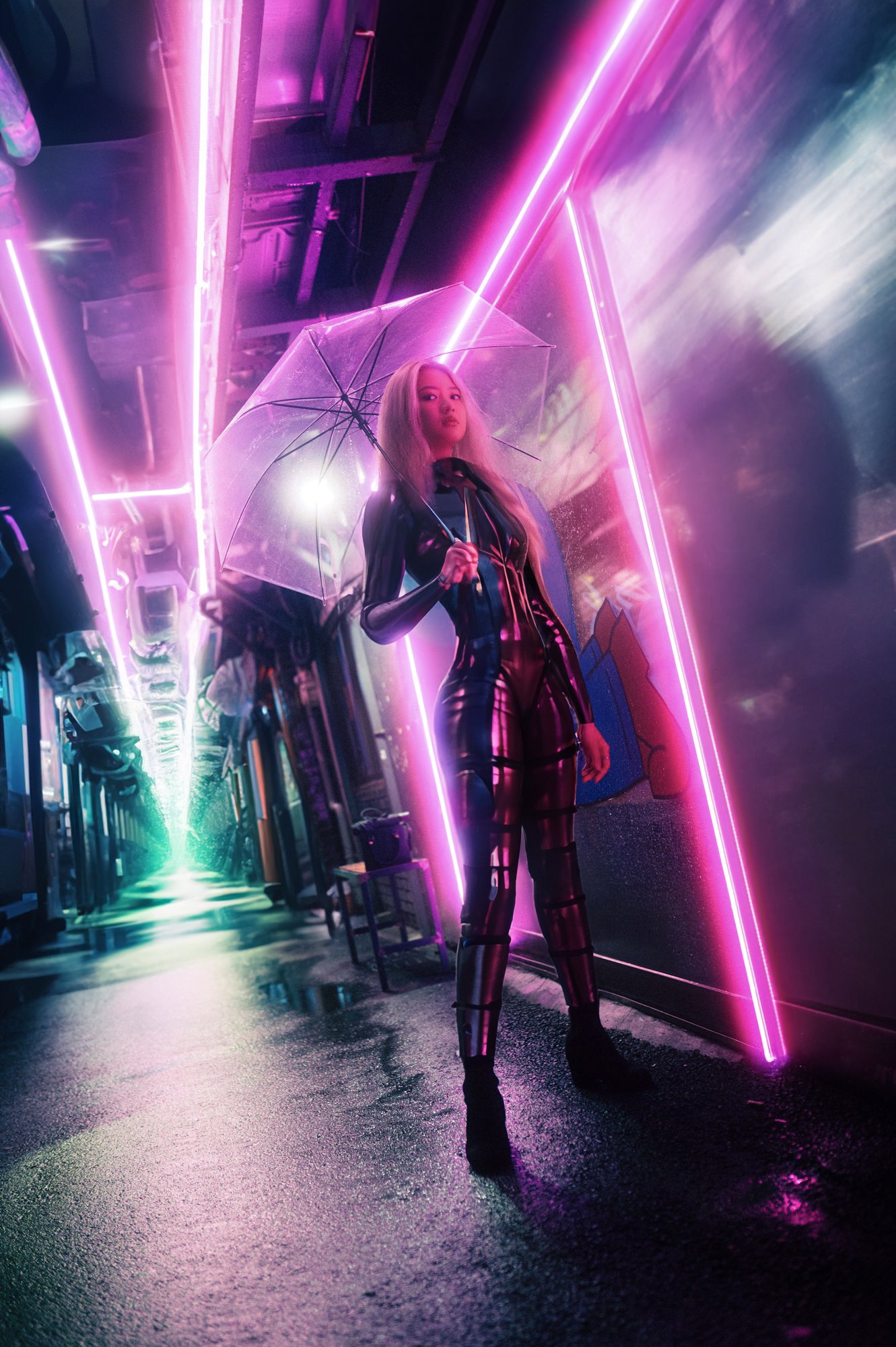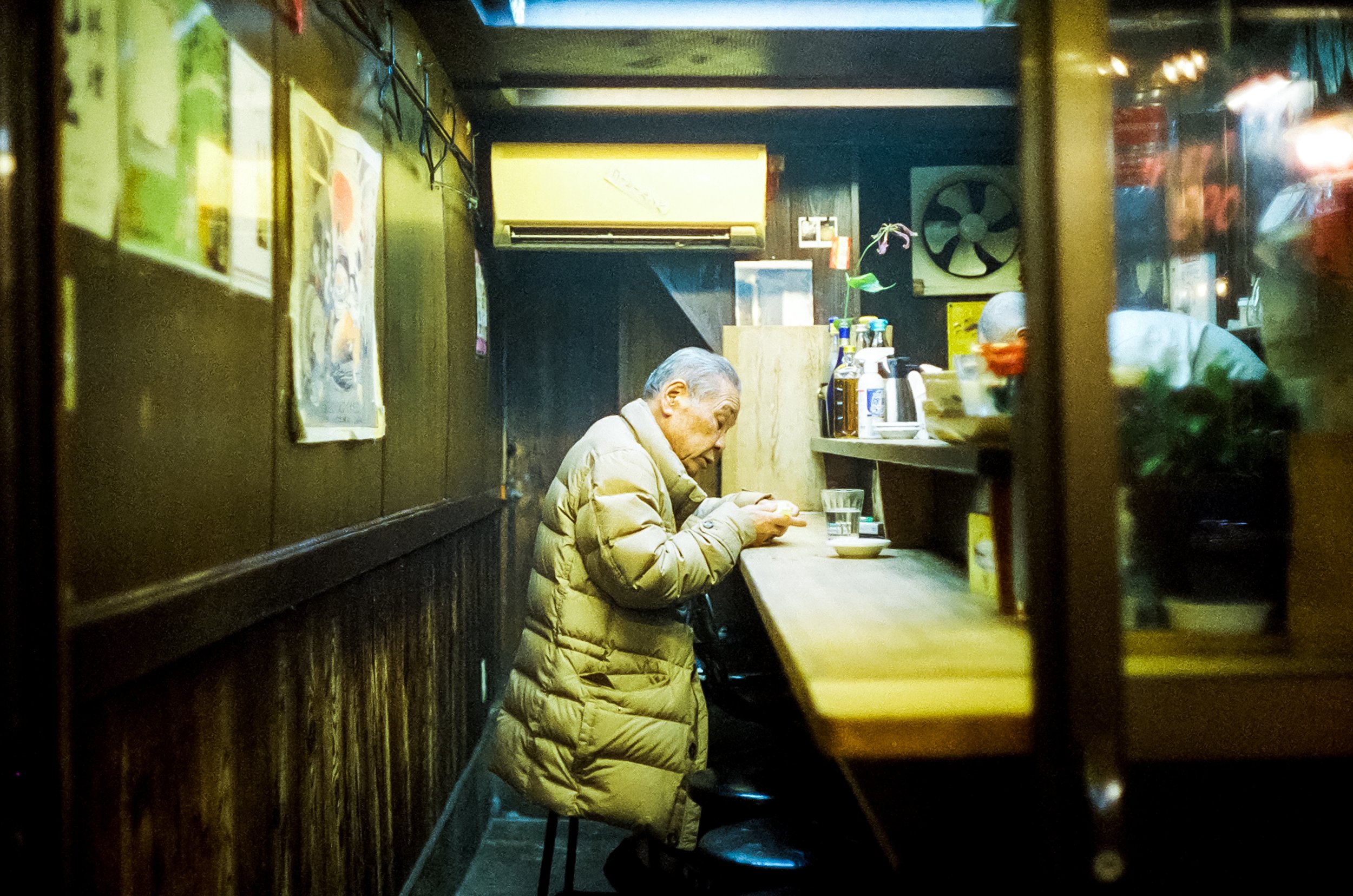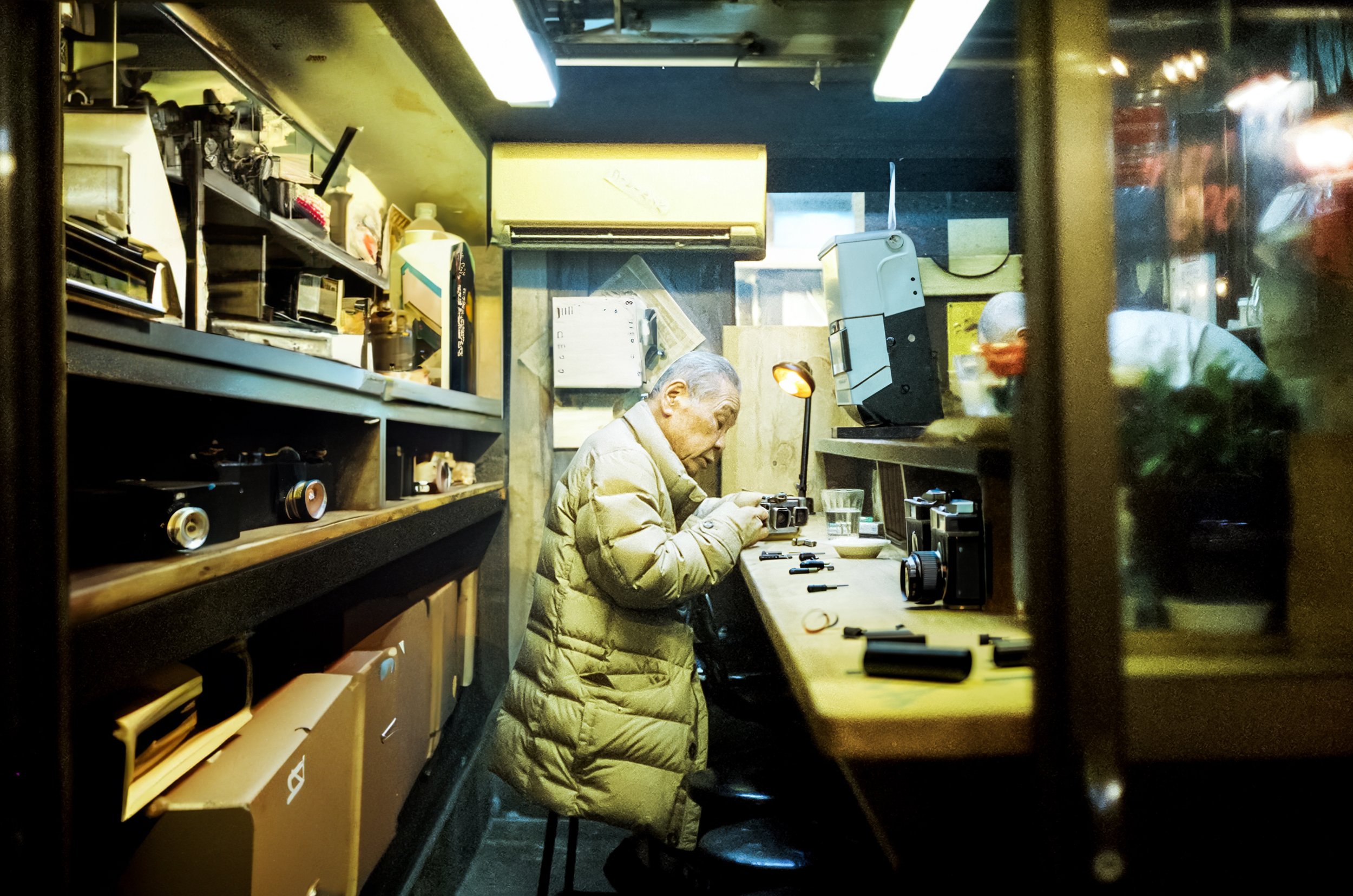Unveiling Photoshop IA: A Detailed Analysis and User Insights
English subtitles available.The world of digital imagery has seen numerous revolutions, and the advent of Adobe's Photoshop IA heralds a potentially transformative change. This piece seeks to explore this novel tool in its beta stage, focusing on my critical perspectives as a professional photographer from Seoul, and offering insights into its performance.
An Overview of Photoshop IA and Its Ethical Framework
Adobe's Photoshop IA, currently in beta, is an ambitious tool that employs artificial intelligence to interpret and implement complex photo edits. Yet, its application is not without controversy. The software is firmly rooted in Adobe's ethical guidelines, which often inhibit certain types of not “ethical” modifications.
This tight compliance with ethical rules, though commendable, can interfere with creative freedom, often eliciting restrictive error messages. However, some users have found that providing context for edits, such as asking the AI specifically to "add a hat," can sometimes bypass these limitations.
Adobe might alleviate this issue by establishing an ethical charter for users to sign, thereby allowing more creative flexibility while also ensuring that the tool is not misused.
Photoshop IA: Control and Precision Issues
While Photoshop IA shows potential in many aspects, the tool grapples with issues related to control and precision edits. It occasionally introduces unintended elements, thereby making the creative process unpredictable and potentially time-consuming. However, it does shine in accurately replicating the brightness and scene's atmosphere, highlighting its potential once these precision issues are resolved.
Limitations: Resolution and Grain
Currently, Photoshop IA restricts the resolution to 1024x1024, which may result in a loss of detail in the final image. Users can partially address this by generating smaller areas at the prescribed resolution to maintain realism. Another limitation lies in the software's inability to factor in the image's grain, requiring users to add grain manually in post-production. Both these issues could potentially be resolved in future updates, given the software is still in its beta phase.
Interactivity: A Missing Piece in the Puzzle
Despite the advancements in AI tools, Photoshop IA's interactivity remains limited. While AI software like ChatGPT allows for natural conversation-like interactions, Photoshop IA doesn’t understand you.
This form of interactivity is particularly vital in photography, where fine-tuning through a back-and-forth exchange with the AI system could lead to more precise results. Incorporating interactive capabilities into Photoshop IA could, therefore, revolutionize the field, providing a more detailed level of control and precision.
In essence, the lack of interactivity in Photoshop IA signifies a missed opportunity. But its future incorporation could be a game-changer, enhancing AI-assisted image editing's potential.
Navigating Photoshop IA: Practical Tips
While Adobe works on these improvements, users can navigate around some of the limitations with these tips:
Bypassing Ethical Restrictions: By providing a specific context for edits, such as asking to "add a hat" rather than "alter the face," users can sometimes avoid restrictions.
I found out adding “.” help a lot going through these restrictions too!Resolution Workarounds: To maintain image quality, generate smaller areas at the prescribed resolution.
Grain Consistency: Post-production manual grain addition can help maintain a consistent look and feel across the image.
Patience is Key: Given the AI's unpredictability, it's best to approach edits with a certain degree of flexibility and patience.
In conclusion, while Photoshop IA has limitations in its current state, it is undeniably a step towards the future of photo editing. The beta phase allows Adobe to understand these challenges better and make necessary improvements. With the right tweaks, Photoshop IA has the potential to revolutionize the landscape of photo editing entirely.


